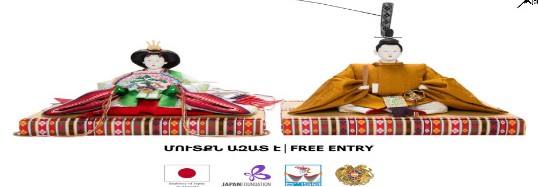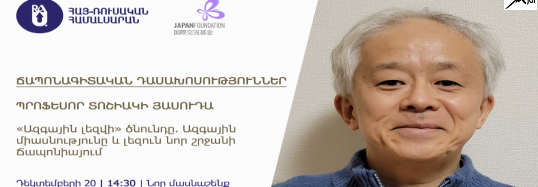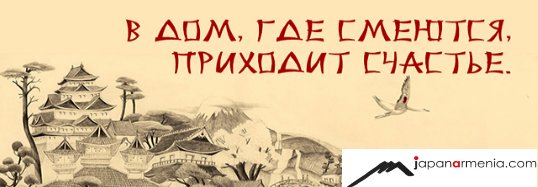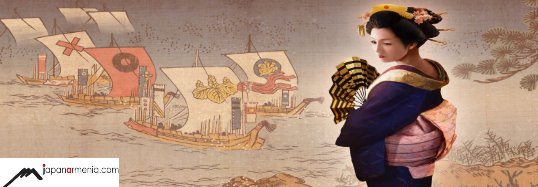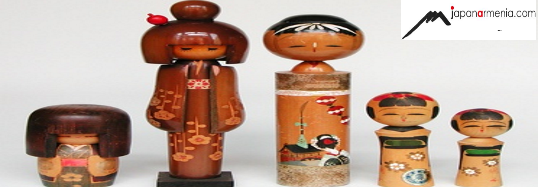By
hasmik on Oct 22, 2015
The material was prepared by ANI MAGUMYAN
IKEBANA
Everything is special in Japan: people, writing, nature, culture, philosophy.
Speaking about Japan we cannot touch upon its culture, science, religion, philosophy, writing, samurais, national clothing (kimono), cuisine, each of which is characteristic and occupies an important place in this country.
The Japanese writing is a system of writing consisting of hieroglyphs. It consists of hieroglyphs and two alphabets: hiragana and katakana. There is also the romaji version. This is the usage of the Latin alphabet for writing...



